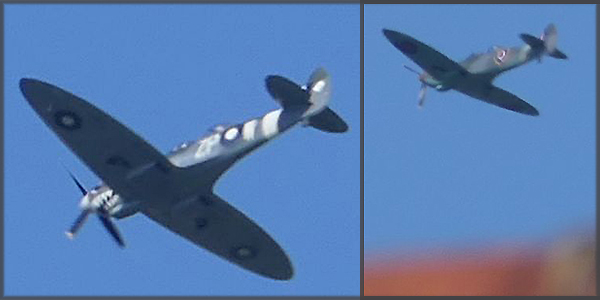
Parking was a constant source of frustration.. Very often, at pubs or small towns, there
was no space. Here at Lacock I was chased from the coach parking (plenty of space) to the
carpark where it hardly fitted. One of those 'steward nazis'.. Costs were UKL4,50 and the machine
gave no change. Could not pay by card, only a National Trust membership
card. Still very much a cash
(coins) country. Made me determined not to become a National Trust Member!  
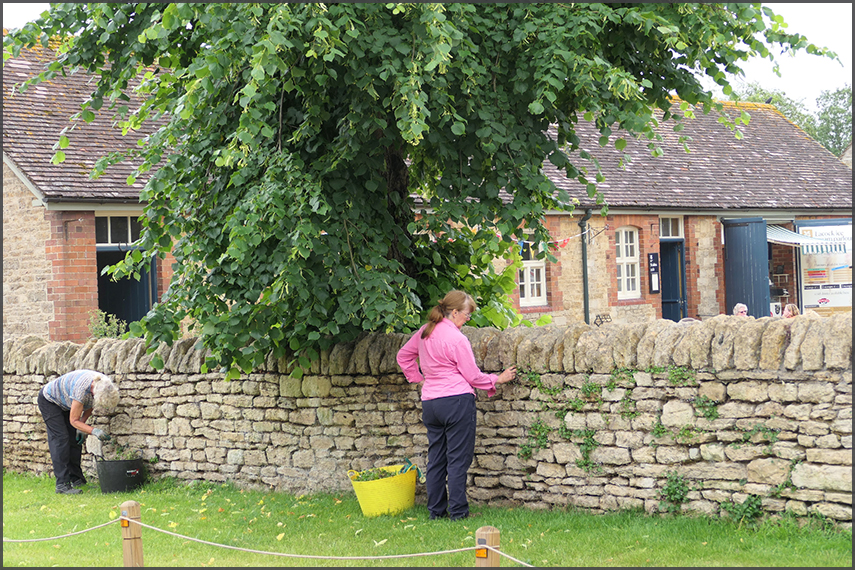
Never realized these pretty walls needed maintaining too!
| On the road west we stayed at the Piccadilly Caravan Park at Lacock. Nice enough but for the pubs we had to walk across a busy A350 so we did not go there. I was advised to visit the town of Lacock the next day, for its history of a photographer, Fox Talbot, of whom I had not heard. It would not fit in my schedule going west but when I had to replan our earlier trip east for Dover I mad it a point to visit the Fox Talbot museum. |
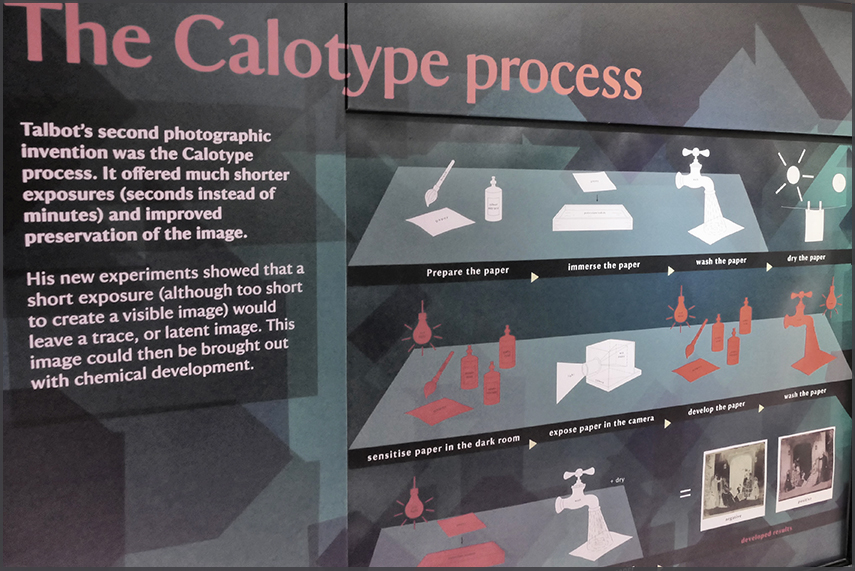
The Lacock estate was home to photography pioneer Henry Fox Talbot from 1800 to 1877.
foxtalbot.co.uk
William Henry Fox Talbot FRS FRSE FRAS (b.11Feb1800 – d.17Sep1877) was an English scientist, inventor, and photography pioneer who invented the salted paper and calotype processes, precursors to photographic processes of the later 19th and 20th centuries.
His work in the 1840s on photomechanical reproduction led to the creation of the photoglyphic engraving process, the precursor to photogravure.
He was the holder of a controversial patent that affected the early development of commercial photography in Britain. He was also a noted photographer who contributed to the development of photography as an artistic medium.
He published 'The Pencil of Nature' (1844–1846), which was illustrated with original salted paper prints from his calotype negatives and made some important early photographs of Oxford, Paris, Reading, and York.
[Wikipedia] |
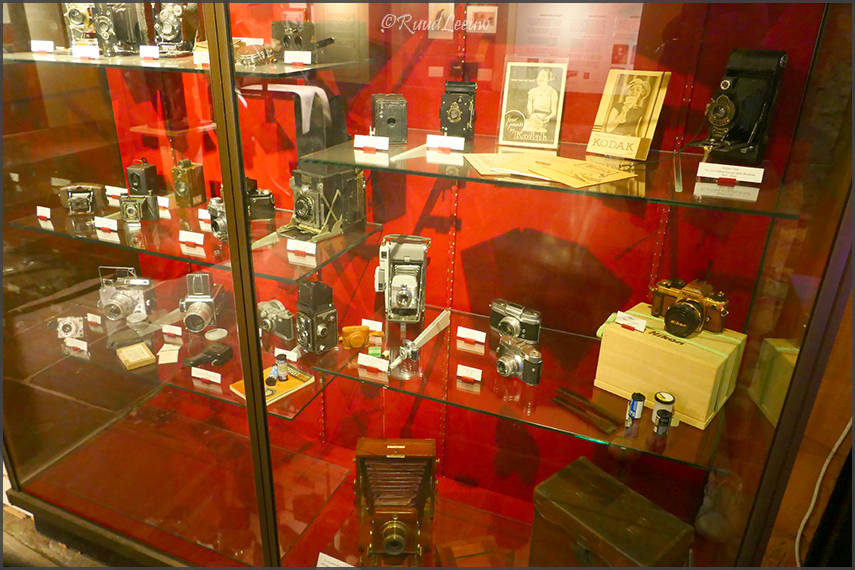
His history was interesting to read, bought a book too, a very early era of photography I hardly knew about.
Lacock is a village and civil parish in the county of Wiltshire, ca.5km south of the town of Chippenham, and ca. 6km outside the Cotswolds area.
The village is owned almost in its entirety by the National Trust and attracts many visitors by virtue of its unspoiled appearance.
The Chippenham–Melksham section of the A350 primary route crosses the parish from north to south, as does the River Avon.
A scarecrow festival is held annually in Lacock and is popular with visitors from the local area. All funds raised are donated to Lacock Primary School.
en.wikipedia.org:_Lacock |
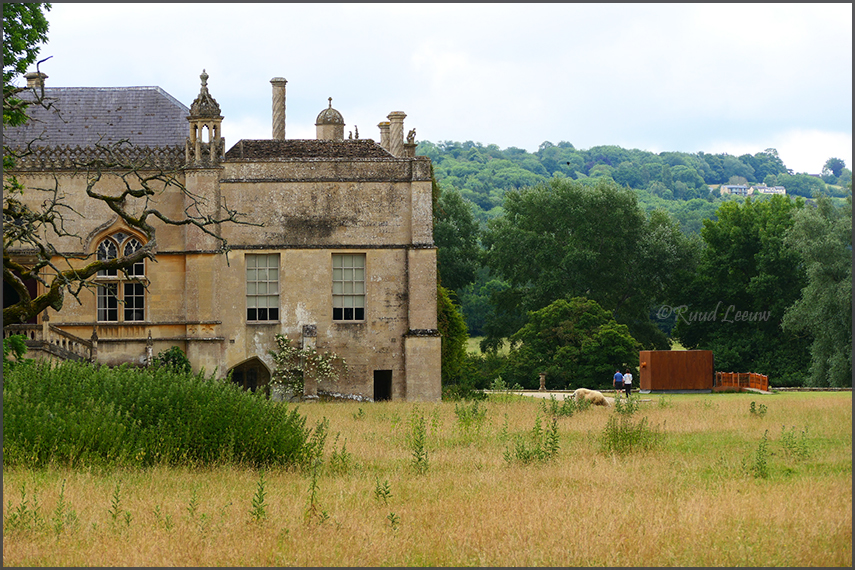
Lacock Abbey prospered throughout the Middle Ages. The rich farmlands which it had received from Ela ensured
it a sizeable income from wool.
Lacock is mentioned in the Domesday Book, with a population of 160–190; with two mills and a vineyard.
Lacock Abbey was founded on the manorial lands by Ela, Countess of Salisbury and established in 1232; and the village – with the manor – formed its endowment to 'God and St Mary'.
Lacock was granted a market and developed a thriving woollen industry during the Middle Ages.
Reybridge, and a packhorse ford, remained the only crossing points of the River Avon until the 18th century.
At The Dissolution, the Abbey and estate, including the village, were sold to William Sharington, later passing into the Talbot family by marriage.
In 1916 Henry Fox Talbot's son Charles bequeathed the Lacock estate to his niece, Matilda Gilchrist-Clark, who took the name of Talbot.
The estate – comprising 284 acres (1.15 km2), the Abbey and the village – was given to the National Trust in 1944 by Matilda Talbot.
Lacock has 3 public houses and a number of shops in its High Street including a grocery store, a bakery, gift shops and a National Trust shop.
en.wikipedia.org:_Lacock |

One, fairly expensive
(UKL 17) ticket provided entry to the Fox Talbot musem, the grounds of the estate
and entry into the the abbey. The latter is very worthwhile to visit.
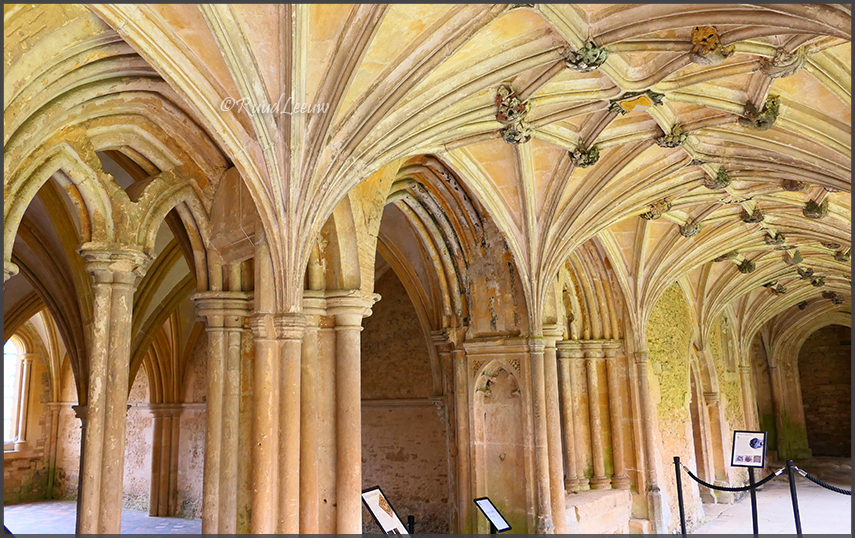
Lacock Abbey was founded in the early 13th century by Ela, Countess of Salisbury, as a nunnery of the Augustinian order.
The abbey remained a nunnery until the suppression of Roman Catholic institutions in England in the 16th century; it was then sold to Sir William Sharington who converted the convent into a residence where he and his family lived.
It was fortified and remained loyal to the crown during the English Civil War, but surrendered to the Parliamentary forces once Devizes had fallen in 1645.
The house was built over the old cloisters and its main rooms are on the first floor. It is a stone house with stone slated roofs, twisted chimney stacks and mullioned windows.
en.wikipedia.org:_Lacock_Abbey |
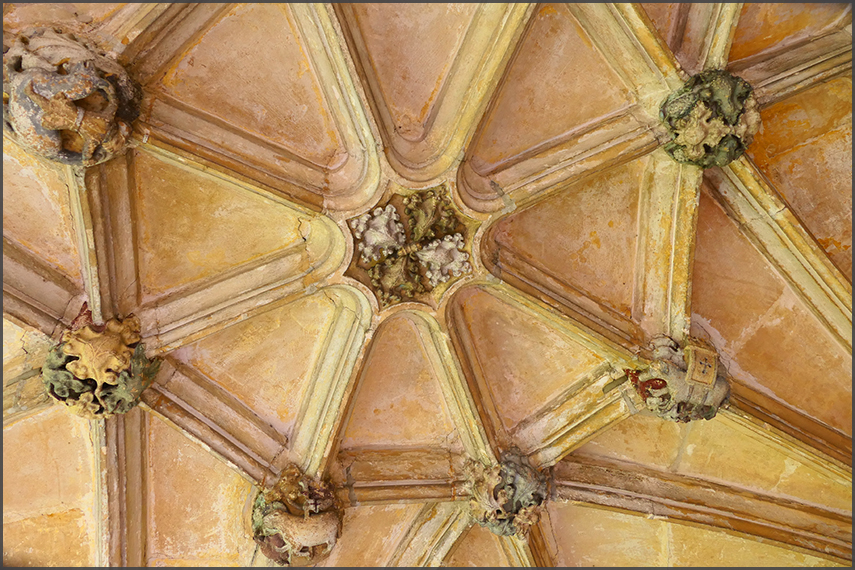
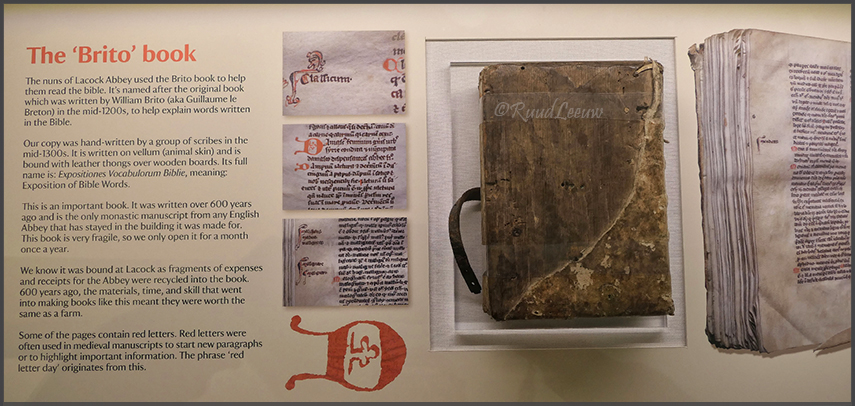
The 'Brito' book. I love books so I found this an interesting history to read.

Matilda Talbot (1839–1927)
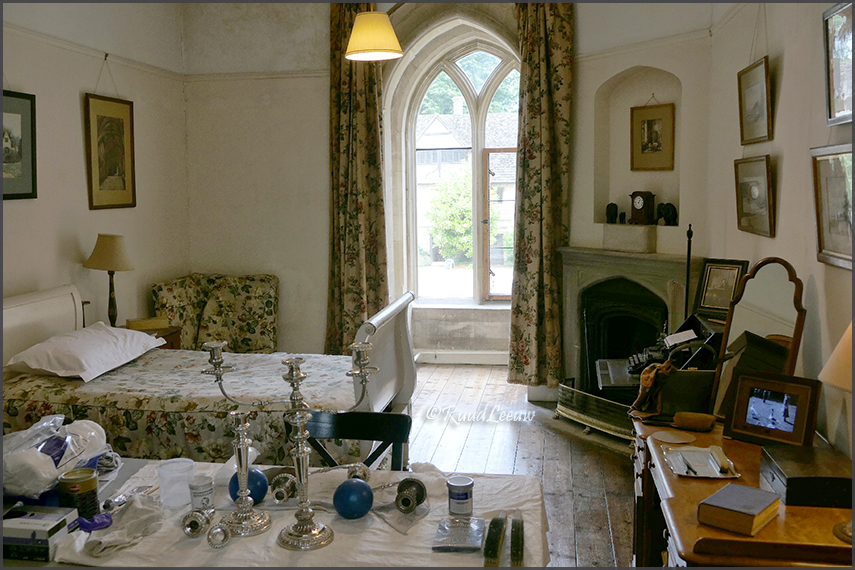
In film and on the telly:
Some interior sequences in Harry Potter and the Philosopher's Stone (2001) and Harry Potter and the Chamber of Secrets (2002) were filmed at Lacock, including the cloister walk where Harry discovers the Mirror of Erised and when he comes out from Professor Lockhart's room after serving detention and hears the basilisk.
Scenes from Harry Potter and the Half-Blood Prince (2009) and Fantastic Beasts: The Crimes of Grindelwald (2018) were also shot here.
The abbey was one of two major locations for the 2008 film version of the historical novel The Other Boleyn Girl by Philippa Gregory, directed by Justin Chadwick.
Parts of the 2010 American horror film The Wolfman, starring Anthony Hopkins and directed by Joe Johnston, were shot at the abbey.
The interior of the abbey was used in the 1995 BBC/A&E production of Jane Austen's Pride and Prejudice and the BBC adaptation of Daniel Defoe's Moll Flanders, and scenes for the BBC's historical TV serial Wolf Hall, by Hilary Mantel, were filmed here in 2014. [¬ Wikipedia] |

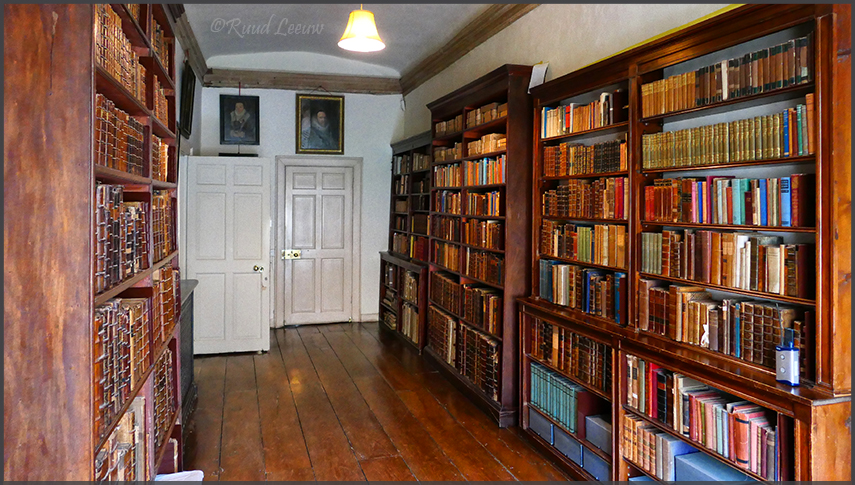
It was splendid to see so many books and fine bookcases here, the one on the right looks pretty similar to ours!
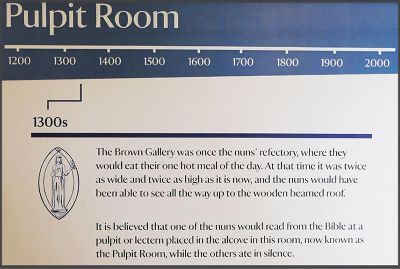
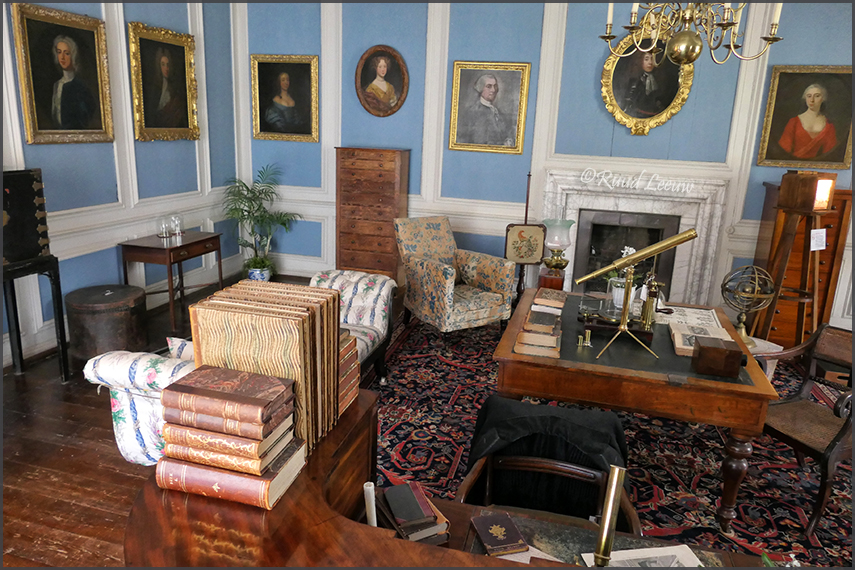
A visit to the Lacock Abbey comes highly recommended!
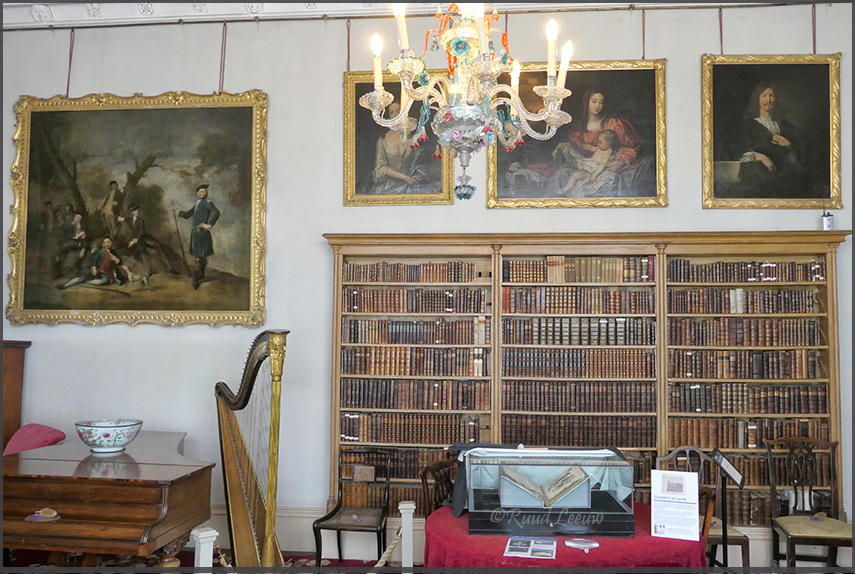

|
![]()
![]() This was an affordable campsite with limited facilities: Latchetts caravan & camp site.
This was an affordable campsite with limited facilities: Latchetts caravan & camp site.